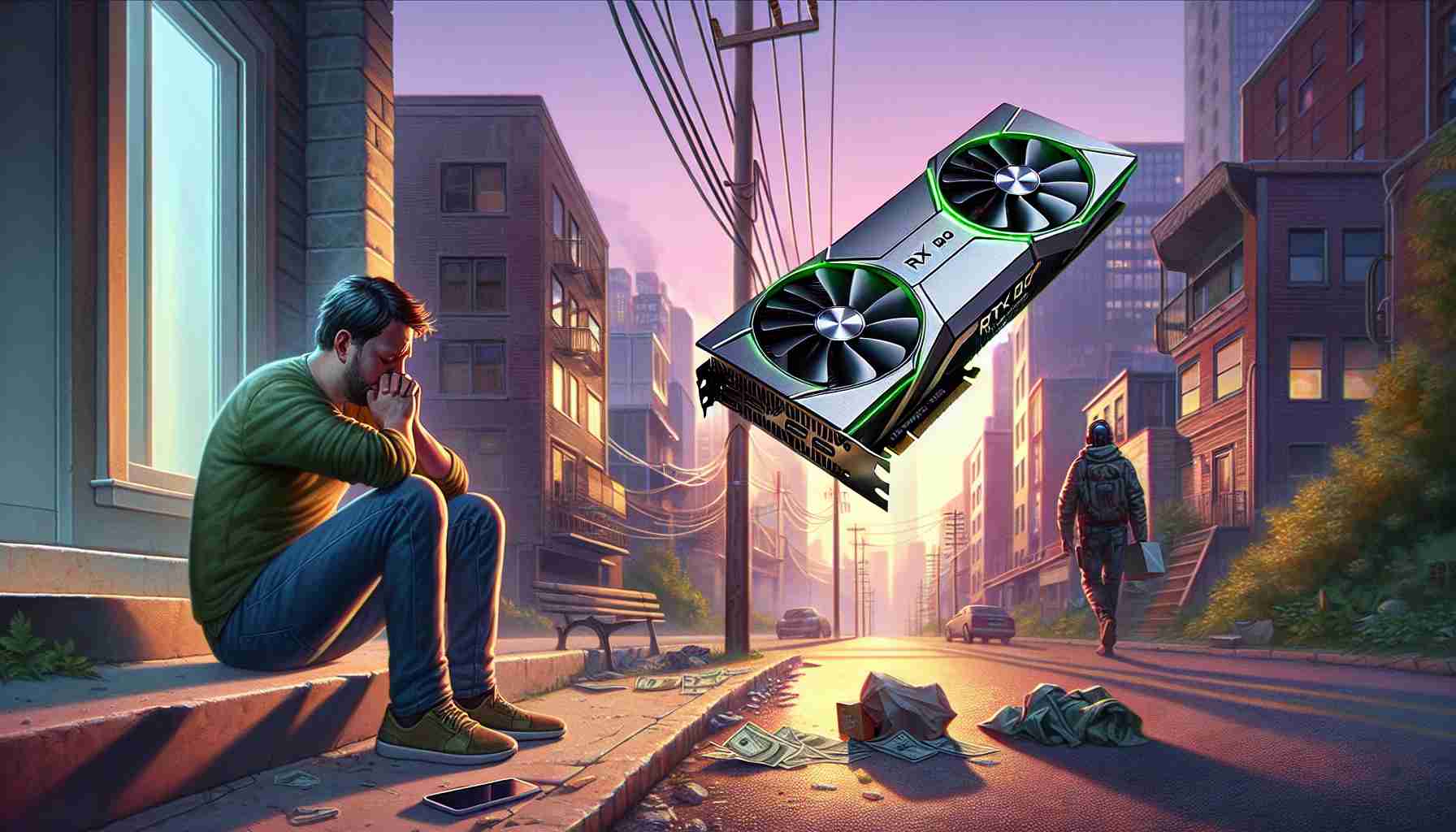I know that I am one of those people who purchased one of the worst Nvidia graphics cards – the RTX 4080, and now I have some regrets. However, it is not related to the performance of the card, but rather the fact that better options have now emerged on the market.
My planning was meticulous, but I did not anticipate a certain aspect of owning such a graphics card, which only became clear after a few months of use. Grab a snack, and I will take you on a journey through my feeling of regret regarding the graphics card.
Although it may seem like I did not do proper research, I actually put a lot of effort into choosing the RTX 4080. Planning my new computer configuration took months, and selecting a processor for a gaming computer was easy because the Ryzen 7 7800X3D was an obvious choice. But what about the graphics card? It turned out to be a more demanding decision.
I knew that the RTX 4080 had a very poor value. There is nothing wrong with its performance, although it is significantly slower than the RTX 4090. However, in terms of price-to-performance ratio, it is one of the worst graphics cards we have seen in recent years. The price, starting at $1,200, was only 25% lower than the RTX 4090 at its release, but at the same time, it was over 30% slower. The market slightly adjusted the prices over time, and at the time of my purchase, the RTX 4080 cost around $1,050 for the cheapest models, and the accelerated cards reached over $1,200.
Perhaps it would have been better to buy the RTX 4090 within these price ranges. But an even better choice would have been to purchase the RX 7900 XTX, which was my initial option when AMD unveiled RDNA 3. However, after the release of both graphics cards, it turned out that AMD was not such an obvious choice for me.
The RX 7900 XTX was only slightly faster than the RTX 4080, but the latter performed better in ray tracing. It also offered Nvidia’s DLSS 3, which was still better than AMD’s FSR 3. When I was purchasing the components for my new computer, the price difference between the two graphics cards was only about $100, while the RTX 4090 cost around $1,650 (which has since changed as RTX 4090 prices skyrocketed).
If AMD had priced the RX 7900 XTX lower, I would have definitely bought it. However, that was not the case, so I opted for an Nvidia graphics card. I was fully prepared to pay $100 more for a graphics card with more advanced capabilities. I never seriously considered the RTX 4090 – I did not need that much power, and I certainly wasn’t willing to spend an extra $500 on it.
Overall, the purchase of the RTX 4080 was a conscious decision; I knew I was overpaying, but I was willing to do it to enjoy smooth gameplay at any resolution with maximum settings. Shortly after assembling the computer, I had no regrets.
But if I were to buy a new graphics card now, I would not make the same choice.
If only I had waited…
FAQ Section based on the main topics and information presented in the article:
Q: What was the author’s initial intention regarding the purchase of the RTX 4080 graphics card?
A: The author meticulously planned their computer configuration, including the choice of the RTX 4080 graphics card.
Q: What became clear to the author only after a few months of using the RTX 4080 graphics card?
A: The author realized that better graphics card options had emerged on the market, which caused them to feel regretful about choosing the RTX 4080.
Q: What were the criteria for selecting a graphics card?
A: The author valued high performance, reasonable price, and modern technologies such as ray tracing and DLSS.
Q: What is the author’s opinion about the value of the RTX 4080?
A: The author believes that the RTX 4080 has poor value considering the price-to-performance ratio compared to other graphics cards on the market.
Q: Why did the author choose the RTX 4080 over other options such as the RTX 4090 or RX 7900 XTX?
A: The author opted for the RTX 4080 due to its price-to-performance ratio and the advanced capabilities offered by Nvidia graphics cards, such as ray tracing and DLSS.
Q: Does the author regret their choice?
A: The author does not regret their choice at the time of purchase, but looking back now, they would have different preferences and choices.
Q: What advice does the author have for people looking to buy a new graphics card?
A: The author suggests carefully considering all available options on the market, comparing prices and features, and anticipating future technological advancements.
Key terms or jargon definitions used in the article:
– RTX 4080: This is an Nvidia graphics card that was purchased by the author and is the subject of the article.
– RTX 4090: This is a more powerful graphics card than the RTX 4080, also made by Nvidia.
– RX 7900 XTX: This is an AMD graphics card that was also considered by the author as a purchasing option.
– RDNA 3: This is the third generation of AMD’s graphics architecture used in graphics cards such as the RX 7900 XTX.
– DLSS: Short for “Deep Learning Super Sampling,” a technology developed by Nvidia that uses artificial intelligence to improve image quality in computer games.
– FSR: Short for “FidelityFX Super Resolution,” a technology developed by AMD that aims to provide similar features to DLSS.
Suggested related links to the main domain (without subpages):
– Nvidia – The homepage of Nvidia, the manufacturer of graphics cards.
– AMD – The homepage of AMD, the manufacturer of graphics cards.
The source of the article is from the blog scimag.news
